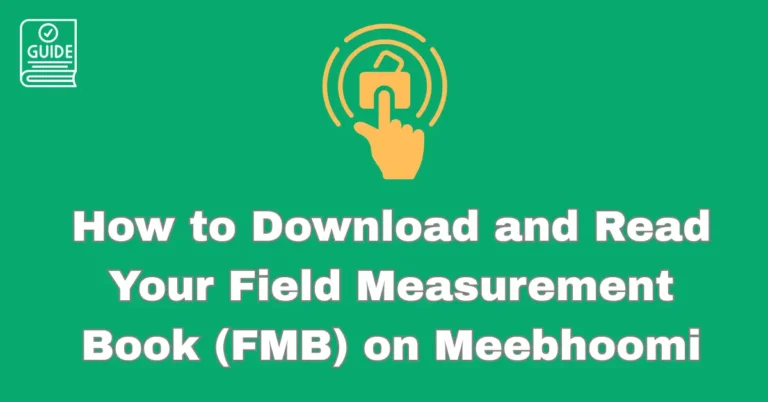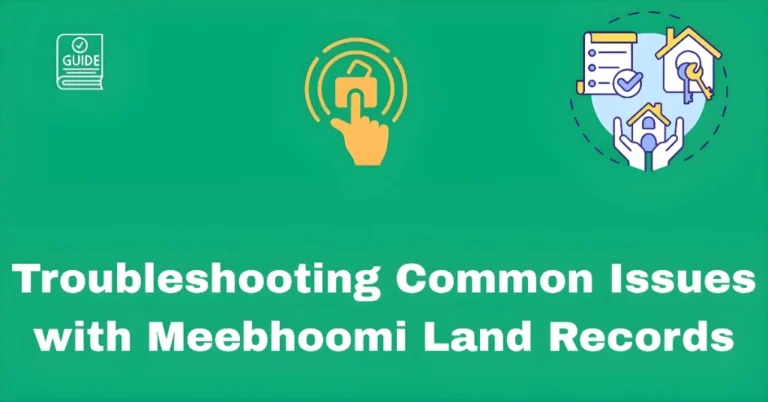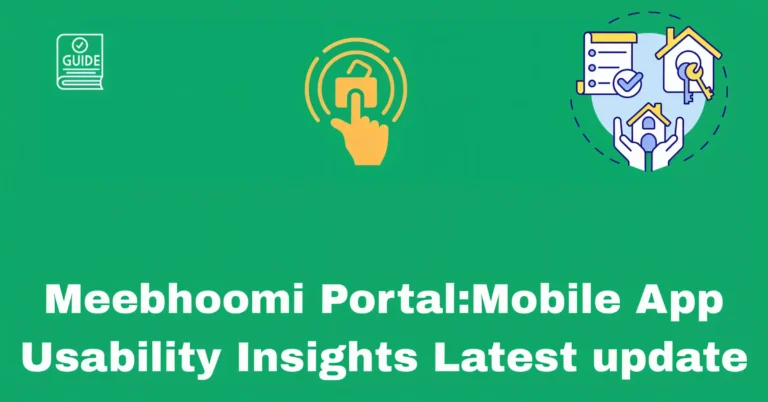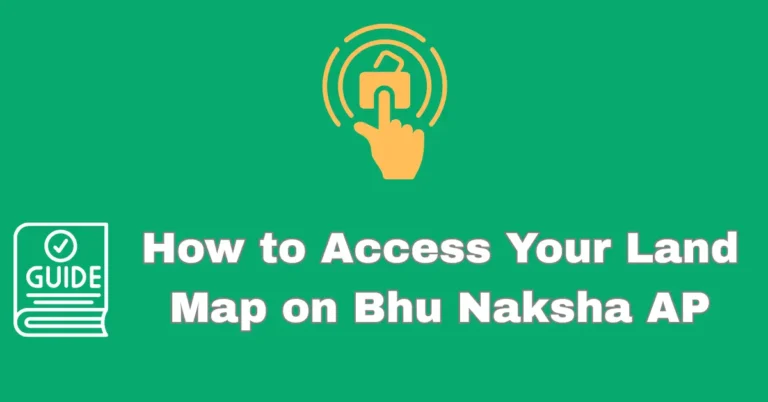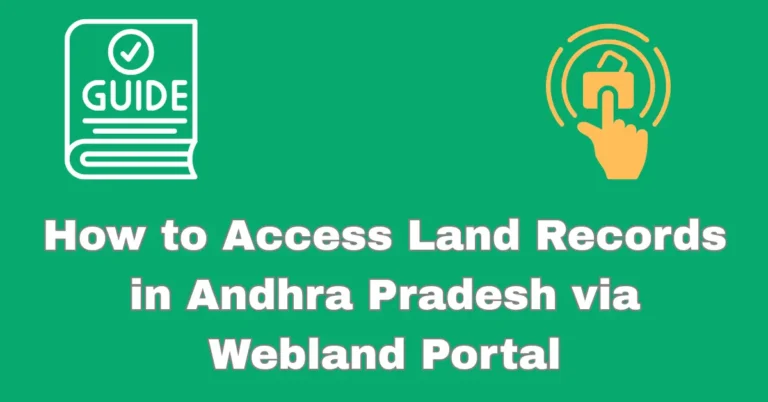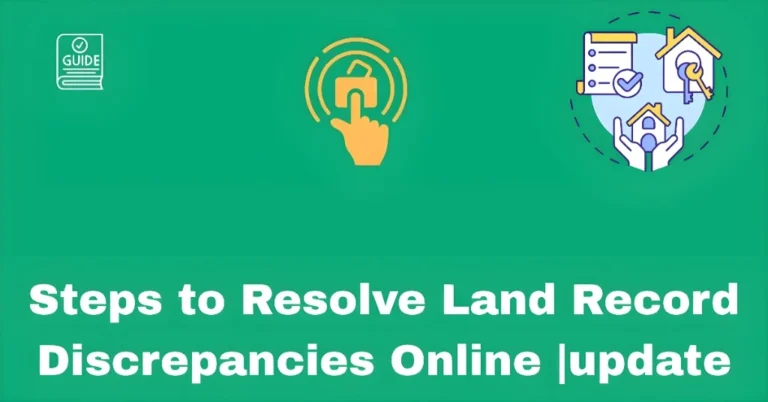What is the Difference Between Adangal and 1B Records? 2025
What is the Difference Between Adangal and 1B Records? 2025
If you’re dealing with land records in Andhra Pradesh, you’ve likely come across terms like Adangal and 1B records. Both are essential documents related to land ownership and management, but they serve different purposes. Understanding the difference between these two can help you better navigate property transactions and land disputes. Let’s dive into the details of each record.

What is an Adangal Record?
The Adangal is an important land record document used primarily in rural areas of Andhra Pradesh. It provides detailed information about land and its cultivation status. This document is typically maintained by the village revenue officer and is used to assess the land’s agricultural use.
Key Details in an Adangal Record:
It lists the name of the landowner(s).
Specifies whether the land is agricultural or non-agricultural.
Includes information on the type of crops grown.
The size and dimensions of the land.
Records any changes in the ownership or tenancy of the land.
This document is useful for farmers and landowners, as it provides proof of land use and can be used for various purposes such as securing loans or applying for agricultural schemes.
What is a 1B (RoR) Record?
The 1B record, also known as the Record of Rights (RoR), is a more detailed and official land record that includes information related to the legal ownership of a piece of land. It is issued by the revenue department and serves as a formal document proving land ownership.
Key Details in a 1B Record:
The legal owner(s) of the land
The unique number assigned to the land.
The number assigned to the land account in the local revenue records.
The exact measurement of the land.
This includes the mutation details, which show any changes in ownership.
The 1B record is essential for official transactions like selling property, getting loans, and legal proceedings.
Key Differences Between Adangal and 1B Records
Here’s a comparison table to help you quickly understand the differences:
| Aspect | Adangal | 1B (RoR) |
|---|---|---|
| Purpose | Used for agricultural purposes and land use verification | Official document proving legal ownership of land |
| Details Included | Landowner’s name, land type, crops, mutation details | Owner’s name, survey number, Khata number, land area |
| Issued By | Village Revenue Officer | Revenue Department |
| Usage | Farming-related purposes, government schemes | Property transactions, legal matters, loans |
| Legality | Not a legal proof of ownership, but useful for farming | Legal proof of ownership of land |
| Geographical Focus | Used mainly in rural areas for agricultural land | Used across all land types, rural and urban |
Which Document Do You Need?
- Use Adangal when you need to prove the agricultural status of land, particularly if you’re applying for subsidies or schemes related to farming.
- Use 1B (RoR) when you’re dealing with legal transactions like selling land, buying property, or securing loans, as this is the official document of ownership.
How to Access Both Records on Meebhoomi Portal
Both Adangal and 1B records are available online through the Meebhoomi Portal. Here’s how you can access them:
Visit meebhoomi.ap.gov.in
Click on “Adangal”.
Select your District, Mandal, Village, and enter the required details like survey number.
Submit and view/download your Adangal record.
Click on “1B”.
Select your District, Mandal, Village, and enter your Survey Number or Khata Number.
Submit and view/download your 1B record.
Why Understanding the Difference Matters
Knowing when to use an Adangal versus a 1B record is crucial for land-related activities:
For Agricultural Loans and Schemes: The Adangal is essential for verifying land use for farming.
For Legal Transactions: The 1B record is the go-to document for proving ownership during sales, purchases, or property disputes.
FAQs
Final Words
In summary, both Adangal and 1B are important land records in Andhra Pradesh, but they serve different purposes. Adangal focuses on land use and cultivation, while the 1B (RoR) record is the legal proof of ownership. Understanding when to use each document can save you time and hassle, whether you’re applying for government schemes or engaging in legal property transactions.
By knowing the difference and how to access these records through the Meebhoomi portal, you can ensure that your land-related matters are handled smoothly and efficiently.
